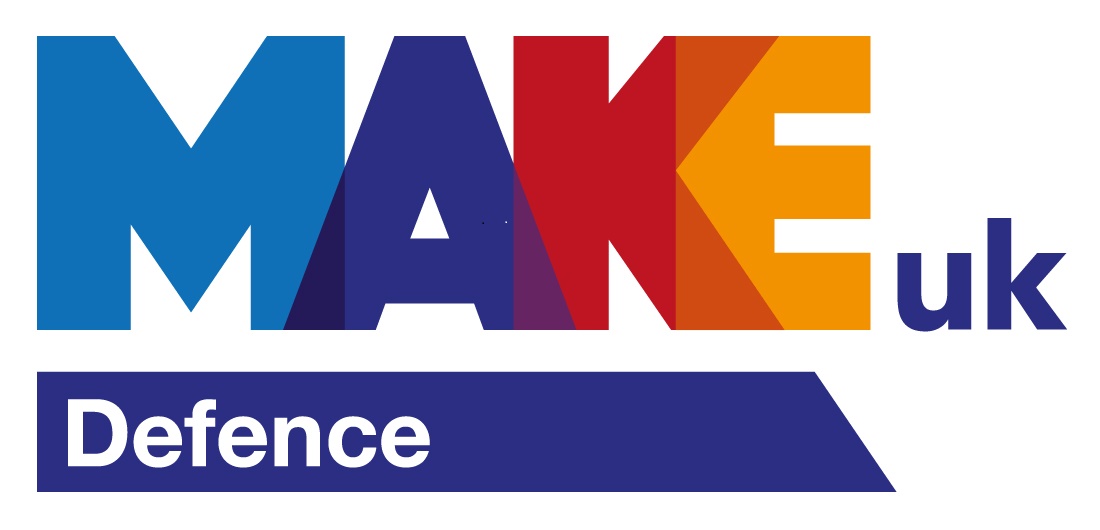How to create a B2B communication strategy (includes free template)
20.11.23

20.11.23

Developing a B2B communication strategy is a critical element of any business planning carried out by B2B companies. A B2B communication strategy will determine your target audiences, key messages, and tactical plan of action for your long-term communication success.
Looking for free template to get you started? Download our free B2B communications template here.
Business-to-business (B2B) communications is a term used to describe how businesses interact and communicate with other businesses and organisations. This will aid with relationship building and any activity that helps grow the business, such as sales and marketing. B2B communications differs from business-to-consumer (B2C) communications, which aims to communicate directly with individual consumers.
A B2B communications strategy must take into account the unique aspects of B2B companies and their operating environment, including the:
The meaning of B2B communications is quite simple: it’s how an organisation communicates via different mediums its core values, unique value propositions, and general positive messaging. This can be to various external stakeholders that are important to the business, namely potential B2B customers or partners, as well as internal stakeholders.
As an example, a manufacturing company may want to communicate to the market that it can help drive down costs for certain components, which would be attractive to other businesses that are seeking new suppliers in their supply chain. The reduction in price for the components could also have various environmental benefits, which a company would also want to be communicated to stakeholders.
A communications plan is a company-wide or departmental document that ensures coherence and alignment for any communications activities, whether long term or for a specific project or for internal or external activities.
Like any strategic business document such as a business plan or sales strategy, a communications strategy will normally seek to answer the following:
During this phase, the team will research internal and external factors shaping the communications strategy. This comprehensive research approach blends both quantitative and qualitative methods, exploring data generated by the company as well as external organisations.
Utilising a PEST (Political, Economic, Societal, and Technological) analysis proves invaluable for the external landscape, offering nuanced insights into target audiences and refining messaging strategies. Additionally, a thorough examination of the market and competitor behaviours provides a strategic roadmap for effective communication within the industry.
For internal analysis, the business should study how they currently articulate the company’s products and brand. Simultaneously, an exploration of external stakeholders’ perspectives, especially those of key decision-makers in your target segments, becomes pivotal. Identifying any gaps in awareness of your solutions, this internal analysis serves as a compass, directing attention to areas where communication may need reinforcement.
Within any strategic framework, setting clear goals and objectives is a foundational component. This articulates precisely what you and your team aim to accomplish through the collective effort invested. Objectives serve as a guiding force, channeling efforts and ensuring a unified understanding of expectations among team members. The subsequent step involves delineating how the team intends to achieve these objectives, marking a sequential progression in the strategic process.
Within your B2B communications strategy, a pivotal aspect is pinpointing the key market segments and the audiences or stakeholders central to your messaging. This is particularly crucial for so-called decision-making units (DMUs), comprising multiple interconnected stakeholders that define the B2B environment.
Read more: How to analyse your audience using stakeholder mapping and personas
Simultaneously, it is paramount to define how your company intends to position itself, along with its products and services, within specific market segments. This strategic positioning plays a vital role in differentiating the business, exerting a significant influence on the communications strategy, especially for directing focused activities.
 Developing key messages is crucial in business communications as it serves as the foundation for conveying consistent and compelling narratives to stakeholders.
Developing key messages is crucial in business communications as it serves as the foundation for conveying consistent and compelling narratives to stakeholders.
In the complex landscape of B2B interactions, clear and cohesive messaging ensures that stakeholders are aware of your:
Effective key messaging helps establish a brand identity, build trust, and differentiate a company from its competitors. It enables businesses to articulate their expertise, address specific pain points of their target audience, and align their communication with the strategic goals of the organisation.
In B2B relationships, where decisions often involve multiple stakeholders and intricate processes, well-crafted key messages provide a roadmap for aligning perceptions, fostering meaningful connections, and ultimately driving successful partnerships.
Now it’s time to initiate the tactical implementation of our objectives.
This phase marks the hands-on involvement of the team, executing tactical activities that are guided by the overarching communications strategy. The marketing mix provides a range of tactics to achieve the strategy’s objectives. Examples include the creation of new promotional materials, which could form part of a wider content marketing strategy, as well as production of digital assets such as video.
Read more: What are the best B2B marketing channels?
Additionally, a PR campaign may be deployed to highlight products or company milestones to targeted media within a market segment.
Crafting an effective B2B communications strategy is vital for any business aspiring to grow and excel in a competitive landscape.
This guide has outlined the essential components of such a strategy, from internal and external analyses, setting goals and objectives, and identifying target audiences, to tactical implementation and measurement of success.
The B2B communications strategy serves as a roadmap, ensuring coherence and alignment across various communication activities. Whether for long-term initiatives, specific projects, or internal/external engagements. By following a structured approach, businesses can strategically position themselves, engage with their audience effectively, and achieve measurable success.


Signatories of:


Members of:



Innovation House
Molly Millars Close
Wokingham
RG41 2RX